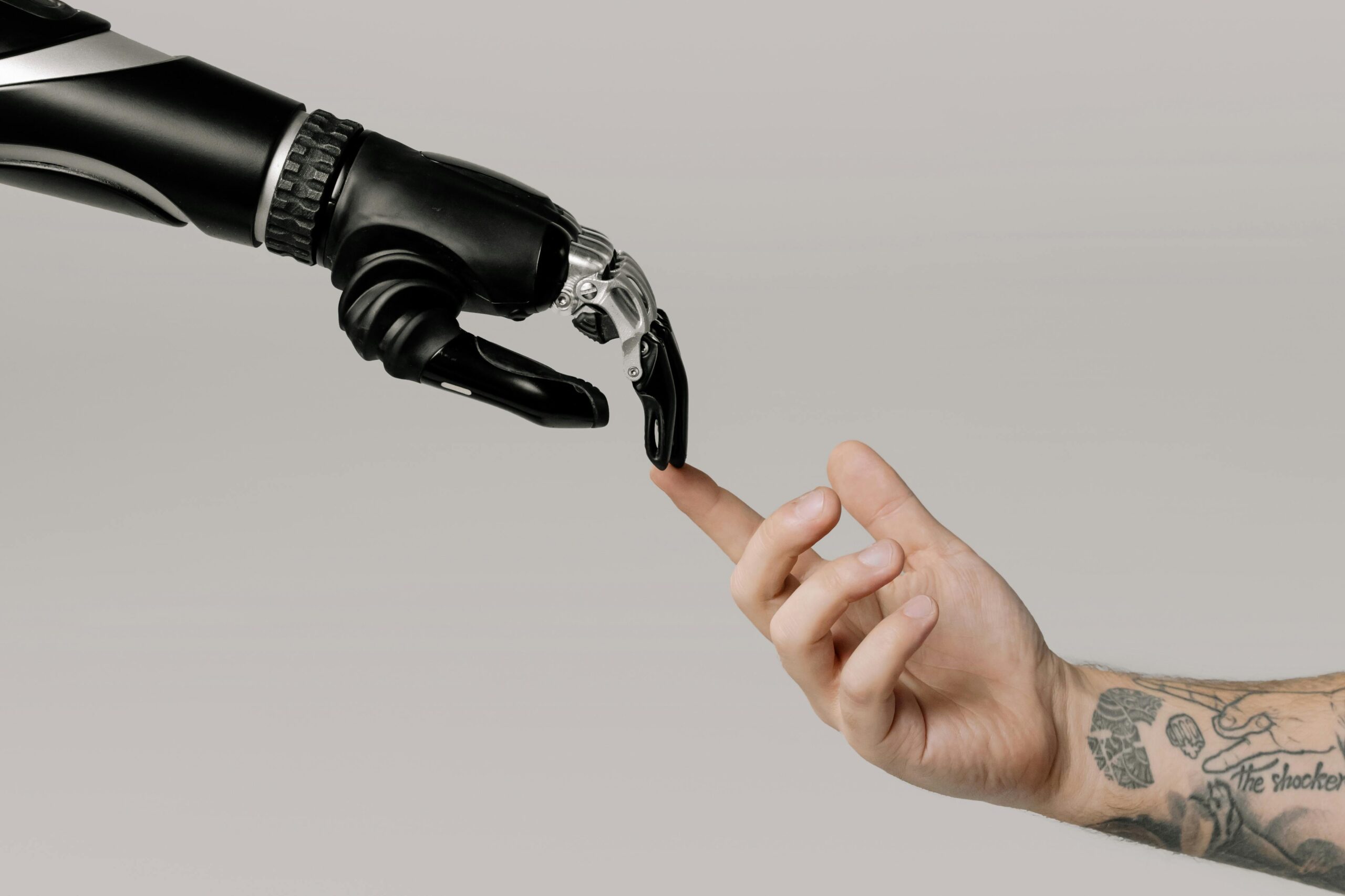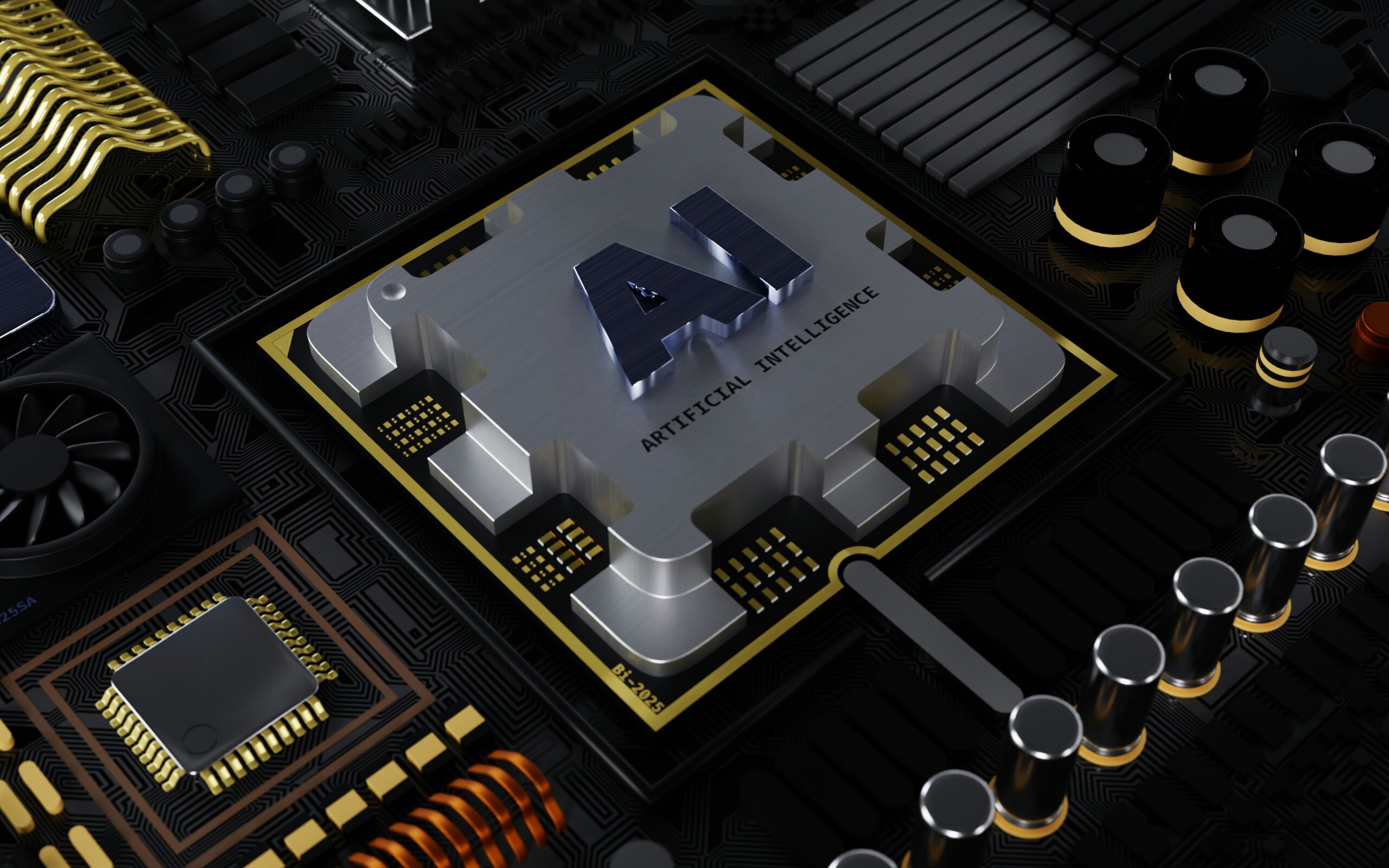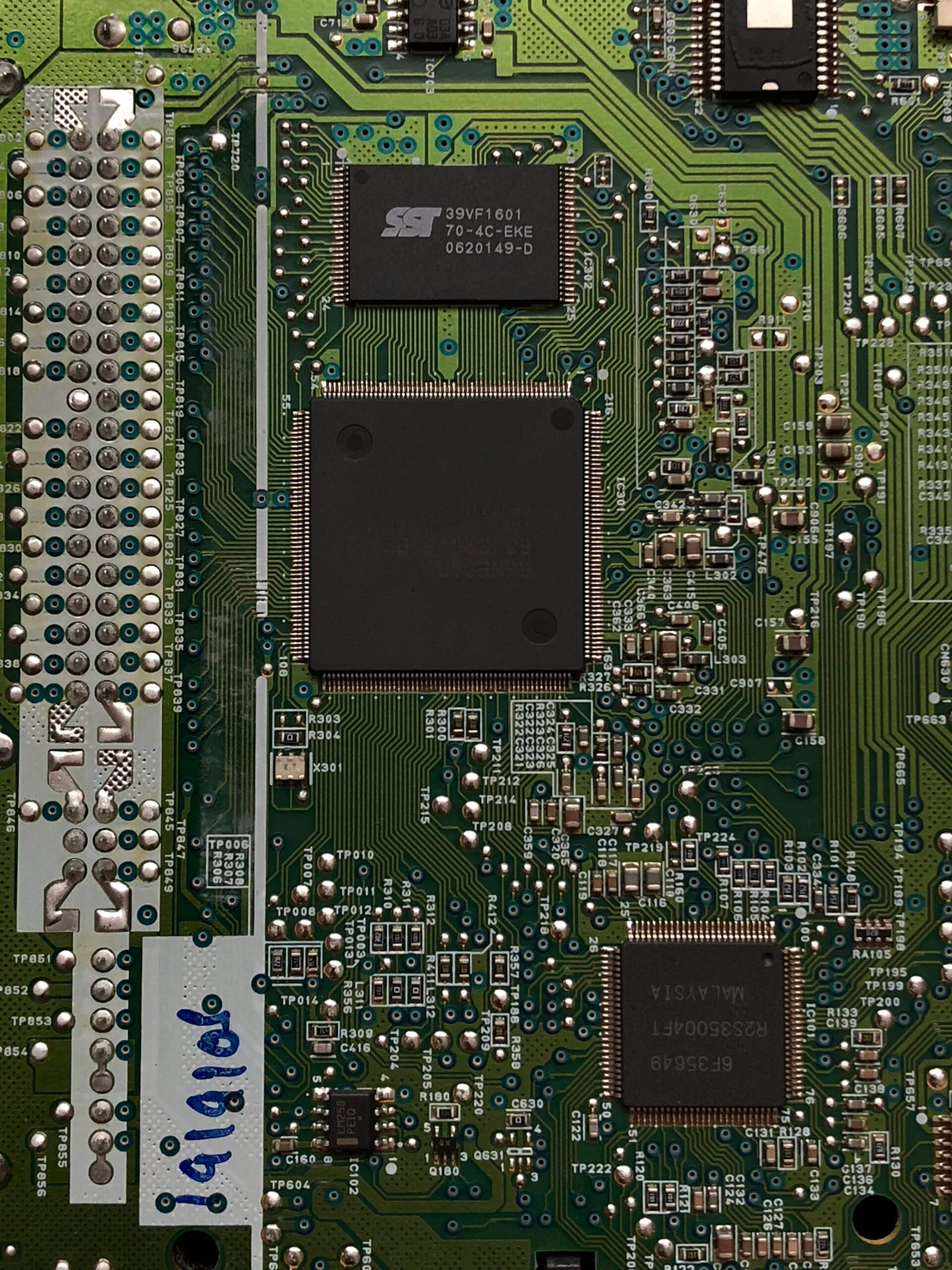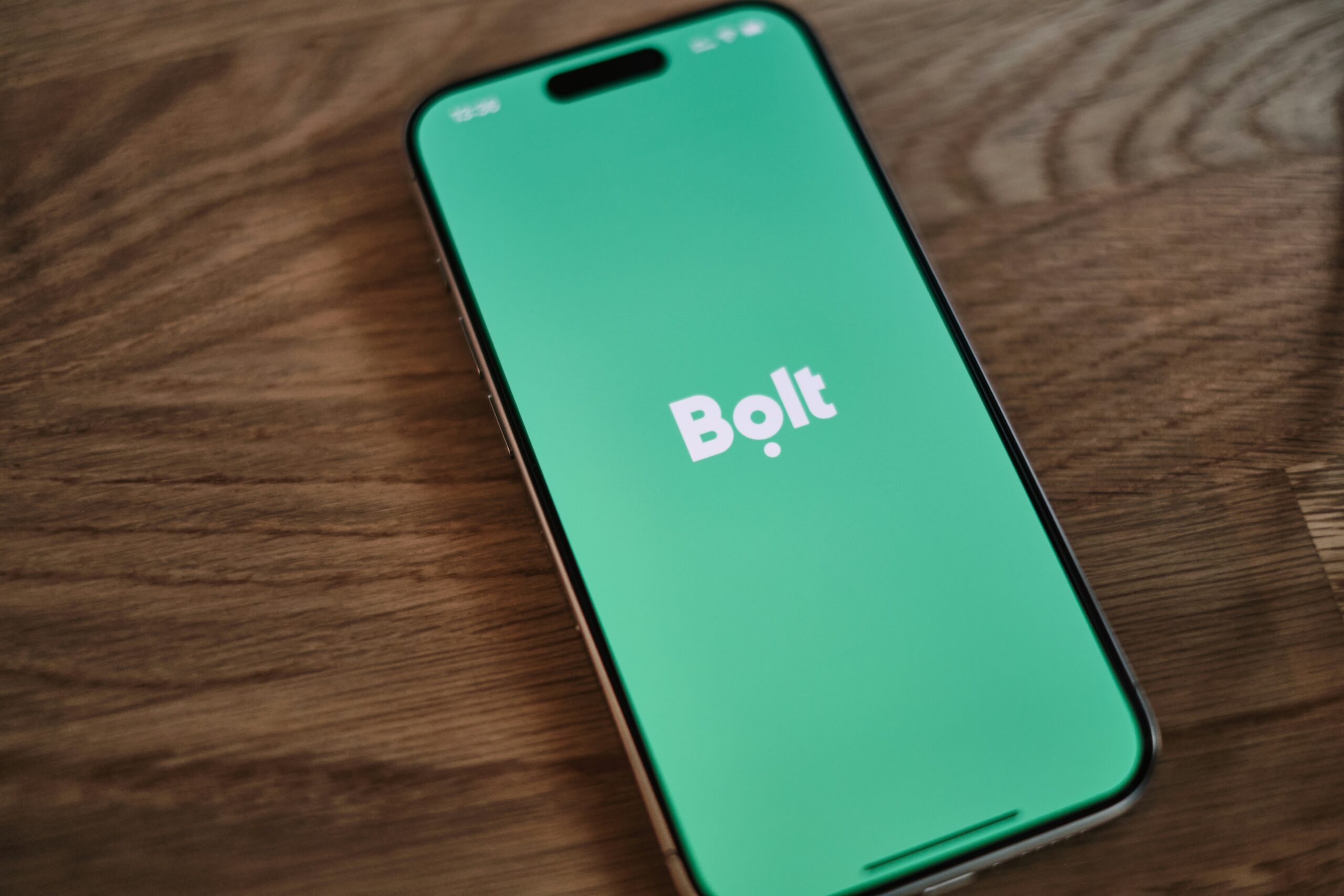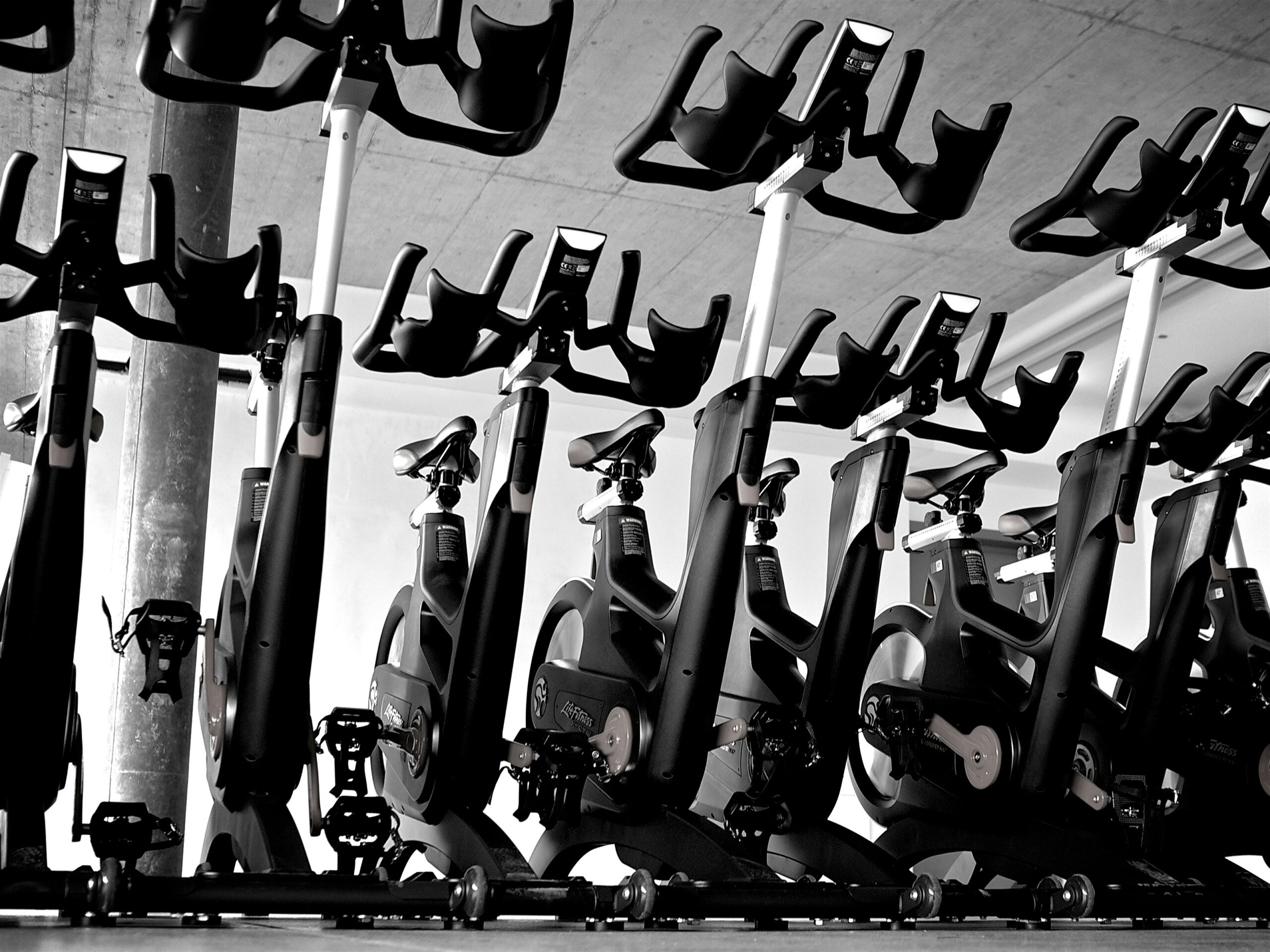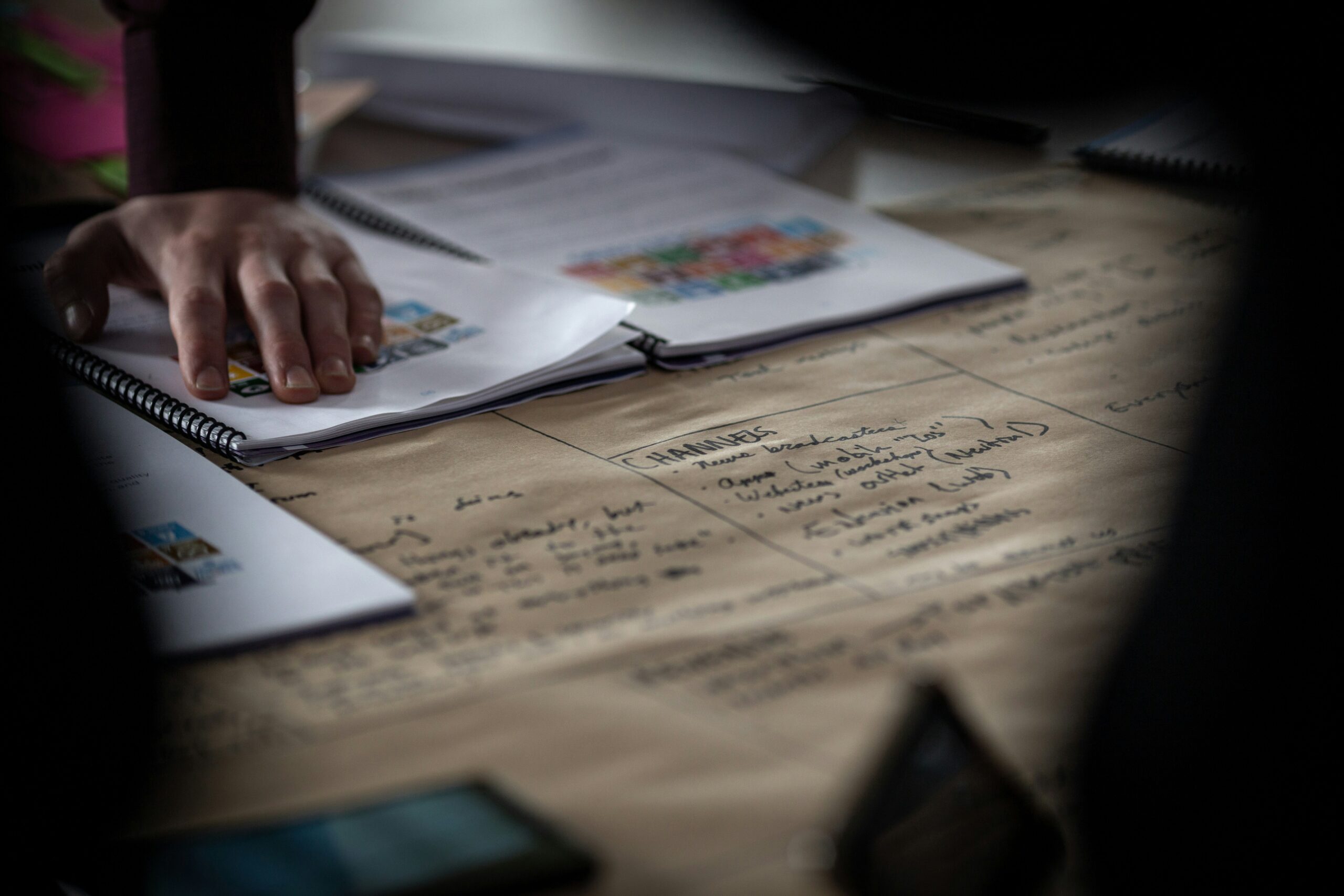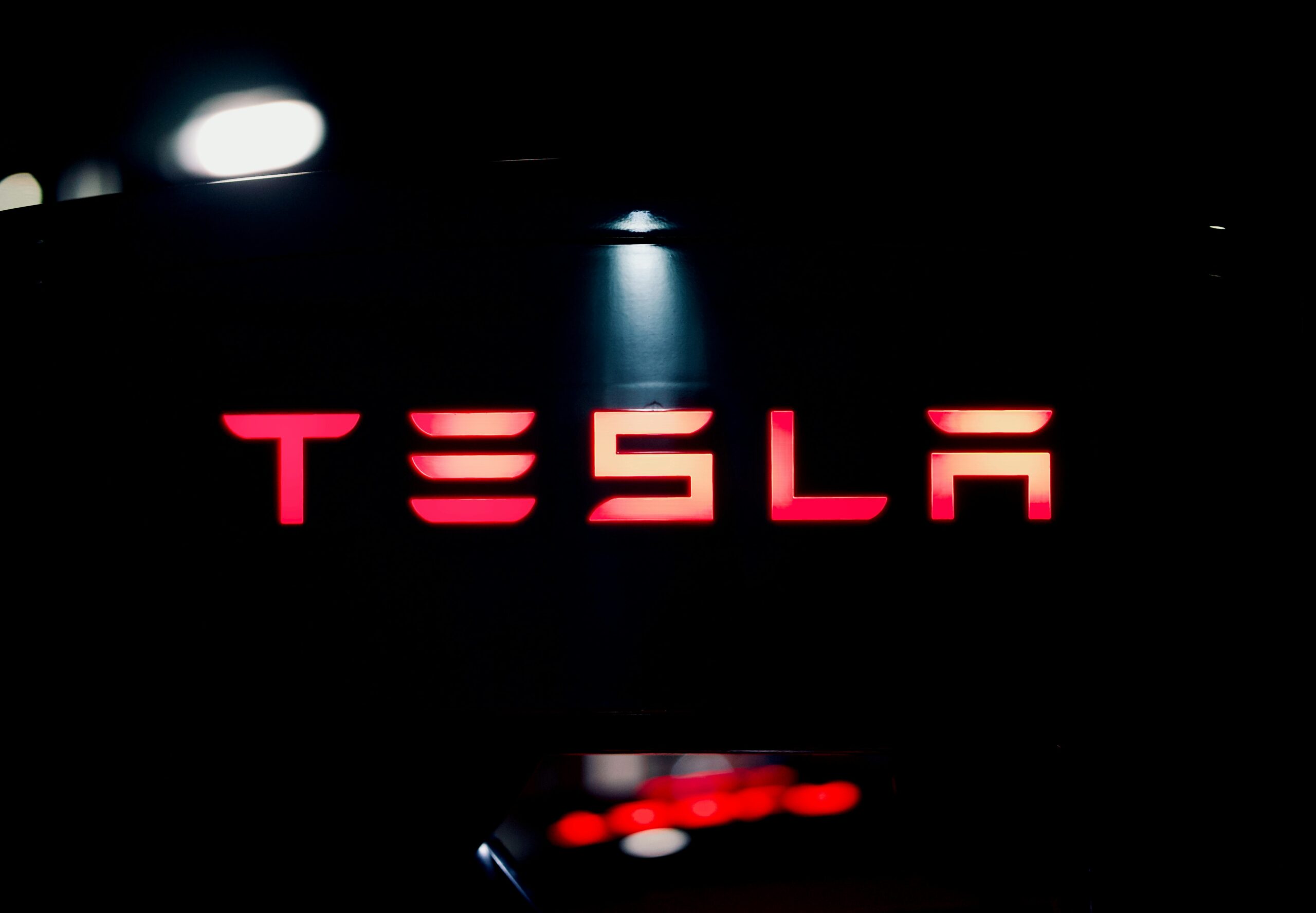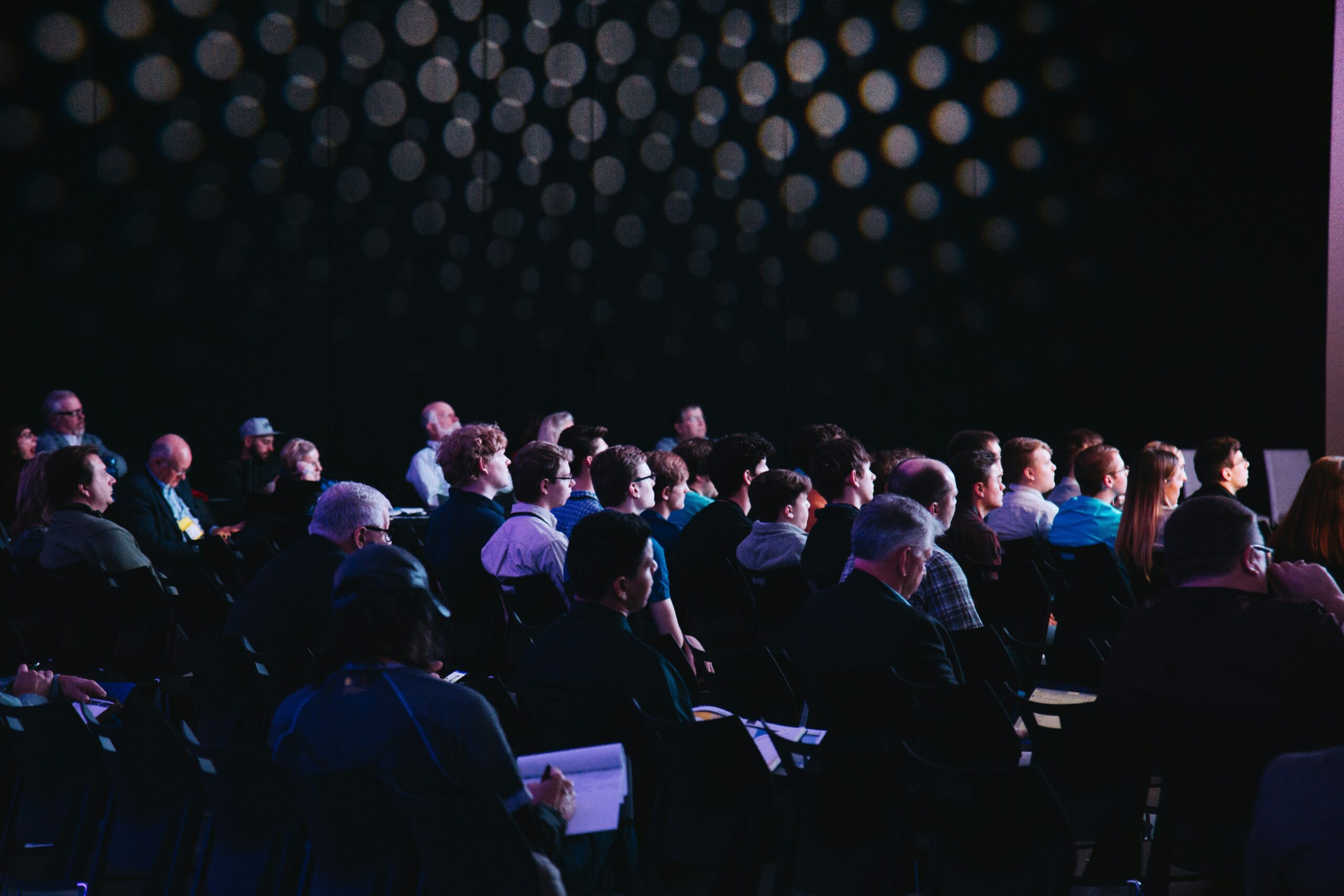We live in a time where the word “innovation” gets thrown around like confetti. Every app update, every AI tool, every shiny gadget is labeled “innovative.” But have you ever stopped to think about where real innovation begins?
Not in Silicon Valley. Not in a lab. Not even in a brainstorming meeting.
It starts in the mind.
And that’s where The V-Factor by Dr. Adil Dalal flips the script. This isn’t just another self-help book shouting about mindset or morning routines. It’s a bold, neuroscience-backed manifesto that says: if you want to change your life or even save the planet, you’ve got to start by visualizing it first.
Seriously. Your brain is a lot more powerful than you’ve been led to believe. And visualization? That’s the on-switch, and the coding language for your ultimate success.
We’re All Looking for Power in the Wrong Places
We’re obsessed with machines. AI. Automation. Quantum computing. It’s like we’re on a collective treasure hunt for something to make life easier, faster, and better. But while we’re handing the keys to technology, we’re ignoring the engine we already have: our minds.
Dr. Dalal drops a quote early in the book that hits hard:
“Visualization isn’t just about picturing outcomes; it’s a systematic approach that taps into the brain’s natural ability…”
Think about that. Visualization isn’t daydreaming. It’s structured mental rehearsal. It’s firing up the same neurons you’d use if you were doing the thing. In other words, your brain doesn’t always know the difference between reality and imagination. That’s not science fiction. That’s neuroscience.
Seeing is Believing And Becoming
Jack Nicklaus, one of golf’s greatest legends, used to visualize every single shot before swinging. He said he never took a shot he hadn’t seen in his mind first.
London taxi drivers grow a bigger hippocampus (the part of your brain linked to memory) because they memorize thousands of city streets.
And functional MRI studies show that imagining an action lights up the same areas of the brain as actually performing it.
Dr. Dalal connects all these dots to one simple truth: visualization works because the brain is a simulation machine. So if you’re not programming it intentionally, you’re just reacting to whatever junk the world throws at you.
Imagine what would happen if you chose what to visualize. That’s where The V-Factor starts to feel like a user manual for your mind. The one you never got but desperately need.
What If You’re More Gifted Than You Think?
This is where things get interesting. Dr. Dalal takes us into the world of savants—people who can do extraordinary things, often without traditional education or training.
There’s Kim Peek, who memorized 12,000 books and could read two pages at once—one with each eye.
Stephen Wiltshire, who can draw an entire cityscape from memory after seeing it once.
And Ellen Boudreaux, a blind girl who uses echolocation (yes, like a bat) to navigate her world.
These aren’t party tricks. These are real examples of what the human brain can do when the correct wires are switched on.
Now here’s the kicker: Dr. Dalal doesn’t believe these people are “abnormalities of nature.” He thinks they’re windows into what’s possible for all of us.
“Their stories inspire wonder and provide clues about the untapped human potential within all people.”
If that doesn’t give you goosebumps, check your pulse.
Let’s Talk About In-novation (Yes, That’s How It’s Spelled)
We’re all used to hearing about “innovation” in the usual way, new tech, new systems, new gadgets. But Dr. Dalal makes a clear distinction: there’s “out-novation” (external innovation) and “in-novation” (internal growth and transformation).
And guess which one we’ve been neglecting?
Spoiler alert: It’s the second.
The V-Factor warns that if we keep innovating outward without looking inward, we’re heading for disaster. AI, automation, and robotics aren’t evil, but they’re tools. And tools need mindful, ethical, emotionally intelligent people to wield them.
Without that inner compass, all this technology might just make us more distracted, less compassionate, and ironically less human.
This book isn’t anti-tech. It’s pro-human. And that’s a message we desperately need right now.
Building Rockets, But for Your Mind
Dr. Dalal introduces something called the SUPER Blueprint. It’s a 5-stage model for turning ideas into rel-world results, and it’s structured like a rocket launch:
- Stimulate creativity – Get those mental juices flowing.
- Understand your potential – Figure out what you’re capable of.
- Practice mindfulness – Ground yourself in presence and clarity.
- Evolve your blueprint – Refine your vision into an action plan.
- Realize your goal – Take off.
This isn’t about manifesting a Ferrari in your driveway. It’s about building a sustainable, intentional process for turning imagination into impact.
And if NASA doesn’t build a rocket in one go, neither should you expect instant transformation. The SUPER model gives you stages. Milestones. Structure. It’s all there.
A Word of Caution: Don’t Outsource Your Brain
As amazing as technology is, there’s a growing danger in outsourcing too much of our thinking to machines.
When GPS tells us where to go, we lose our internal sense of direction. When autocomplete finishes our sentences, we lose our voice. When AI predicts our preferences, we stop discovering.
Dr. Dalal doesn’t just drop warnings. He offers hope.
He writes:
“The power of visualization is the key to humanity’s infinite potential.”
That’s not romantic fluff. It’s a call to wake up. To remember that no matter how advanced machines get, they can’t replicate the messy, magical process of human imagination.
So yeah, maybe it’s time to turn some of that attention inward. Perhaps the next significant upgrade isn’t a device, it’s you.
So… What’s Stopping You?
Let’s bring it down to eye level.
- Ever feel stuck creatively?
- Struggling to find motivation?
- Want to lead with more purpose?
- Worry that you’re falling behind the curve?
You’re not alone. And The V-Factor isn’t just a book, it’s a mirror, a guide, and a gentle nudge forward. Whether you’re a student, a CEO, an artist, a parent, or someone just trying to make sense of this wild world, we’ve all got mental software that could use an update.
And guess what? You already have the hardware. Your brain. Your imagination. Your capacity for change.
A Little Challenge (Because Why Not?)
Before you go, try this:
Visualize your ideal day.
Not just the big stuff like landing your dream job or publishing a book. Zoom in. What does your morning feel like? What’s on your desk? What do you hear, smell, and taste?
Now sketch that out. Doesn’t have to be pretty. Just honest.
That’s your brain starting to believe it’s possible.
Final Thought: The Next Frontier Is You
We’ve spent centuries exploring outer space. Maybe it’s time we start exploring inner space with the same curiosity, wonder, and urgency.
The V-Factor is the launchpad.
So go ahead and read it, dog-ear the pages, scribble in the margins. Use it to challenge what you thought you knew about your brain. About what’s possible.
Because the future isn’t just about more intelligent machines.
It’s about wiser humans.
And that starts with a single picture in your mind.
Written in partnership with Tom White




































